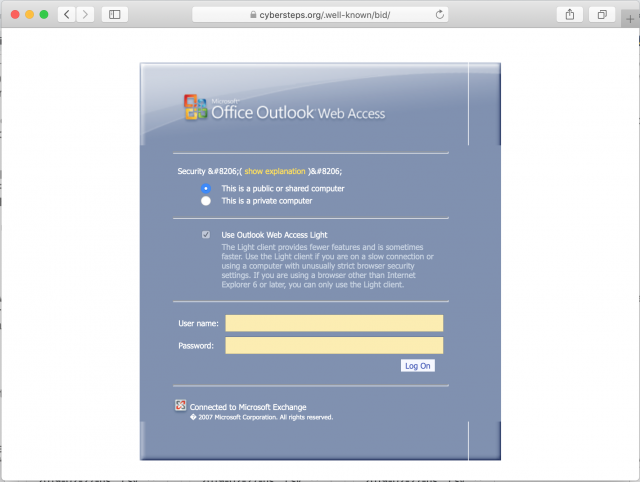Phishing Message Summary
This phish is a fake email about required sexual harassment training that links to a fake Microsoft Outlook Web Access login page. Note that the sender and all URLs for the links are not actual U-M persons or web pages. All links have been removed from the example for safety.
Phishing Message Body
Good morning
Our records show that your Discrimination & Sexual Harassment Training will expire within the next 24hrs. In order to keep your training updated, you may register on our Training Calendar for a live training session or take the online training intranet/onlinetraining/hrtraining.htm, please see policy for details on which session you must attend/take.
The Updated Anti-Harassment Policy requires:
· Every non-supervisory employee must attend the County’s “Discrimination and Sexual Harassment Prevention Training for Employees” upon hire and every year thereafter during the course of their employment with the County. While non-supervisory employees have the option of completing the training online via the online training intranet, it is required that in-person trainings are completed at least every other training to ensure a thorough understanding.
· Every supervisor must attend the County’s “Discrimination and Sexual Harassment Prevention Training for Supervisors” upon hire and every year thereafter during the course of their employment with the County. Supervisors have the option of completing the training online and must attend an in-person training each time the training is due.
Your attention to this matter is greatly appreciated. Have a great day.
Thank you,
Human Resources Training & Development

